PPT-USMLE #3 Water Balance, Electrolytes,
Author : rosemary | Published Date : 2023-11-17
AcidBase Disorders Acidbase homeostasis HendersonHasellbach formula Normal lab values pH 736 744 HCO 3 24 mEqL 2230 pCO 2 40 mmHg 3640 AG 12 mEqL 1014 Osmolar
Presentation Embed Code
Download Presentation
Download Presentation The PPT/PDF document "USMLE #3 Water Balance, Electrolytes," is the property of its rightful owner. Permission is granted to download and print the materials on this website for personal, non-commercial use only, and to display it on your personal computer provided you do not modify the materials and that you retain all copyright notices contained in the materials. By downloading content from our website, you accept the terms of this agreement.
USMLE #3 Water Balance, Electrolytes,: Transcript
Download Rules Of Document
"USMLE #3 Water Balance, Electrolytes,"The content belongs to its owner. You may download and print it for personal use, without modification, and keep all copyright notices. By downloading, you agree to these terms.
Related Documents

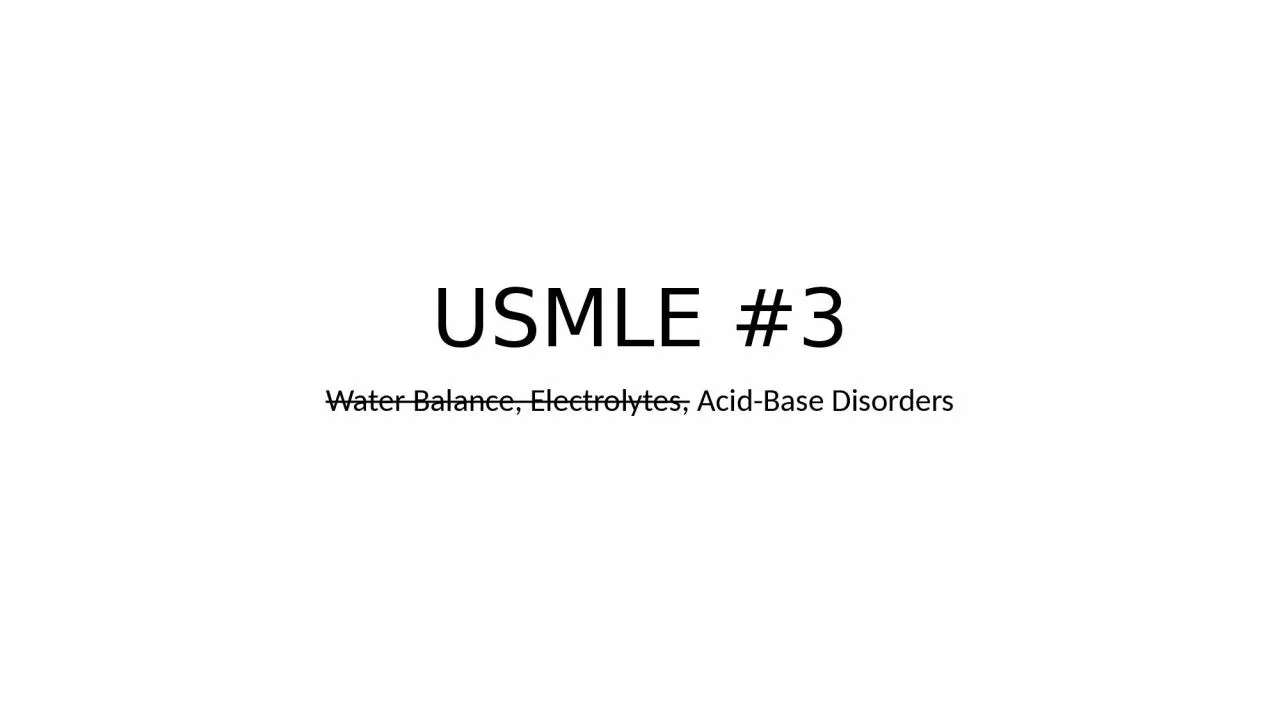

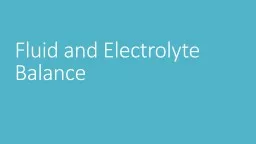

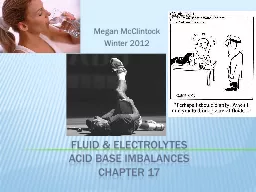
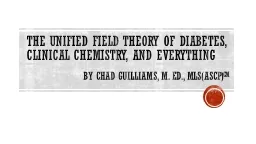
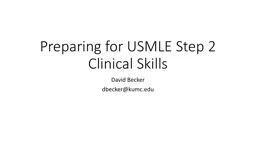
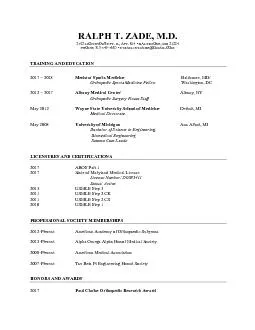
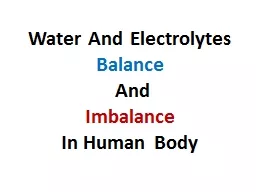
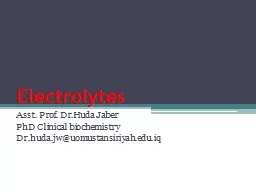
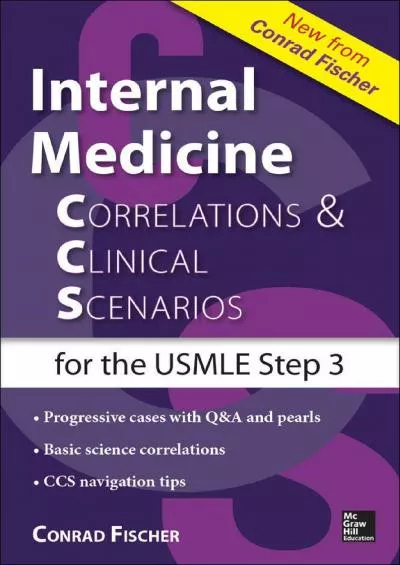
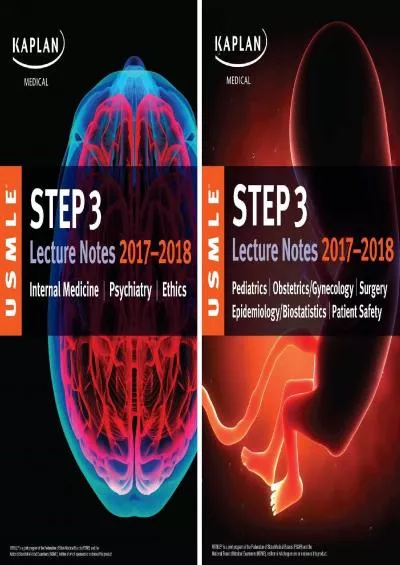
![[EBOOK] USMLE Step 1 Lecture Notes 2022: 7-Book Set USMLE Prep](https://thumbs.docslides.com/1006221/ebook-usmle-step-1-lecture-notes-2022-7-book-set-usmle-prep.jpg)
![[DOWNLOAD] medEssentials for the USMLE Step 1: Visually mapped basic science concepts](https://thumbs.docslides.com/1007700/download-medessentials-for-the-usmle-step-1-visually-mapped-basic-science-concepts-usmle-prep.jpg)